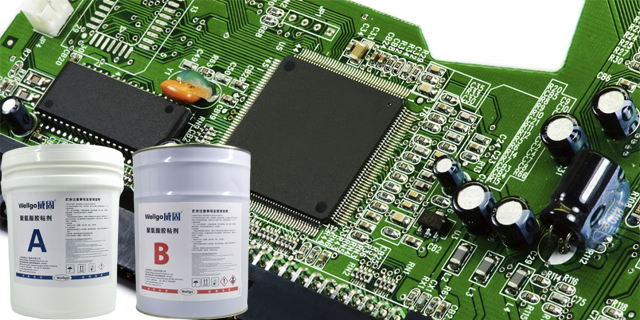The performance of polyurethane, In the final analysis, it is affected by the morphological structure of the macromolecular chain. Especially for polyurethane elastomer materials, the phase separation of soft and hard segments is crucial to the performance of polyurethane. The unique flexibility and wide range of physical properties of polyurethane can be explained by two-phase morphology. The performance of polyurethane materials depends to a large extent on the phase structure of soft and hard segments and the degree of microphase separation. Moderate phase separation is beneficial to improving polymer properties.

From the microscopic morphological structure, in polyurethane, Strongly polar and rigid groups such as urethane groups can form hydrogen bonds between molecules due to their large cohesion energy, and they gather together to form hard segment microphase areas. At room temperature, these microareas are in the glassy state of sub-crystals or microcrystals. ; The weakly polar polyether segments or polyester segments gather together to form a soft segment phase area. Although the soft segment and the hard segment are miscible to a certain extent, the hard segment phase region and the soft segment phase region are thermodynamically incompatible, resulting in microscopic phase separation, and the soft segment microregion and the hard segment microregion show their own glass. temperature. The soft segment phase mainly affects the elasticity and low-temperature properties of the material. The segment attraction between hard segments is much greater than the segment attraction between soft segments. The hard phase is not dissolved in the soft phase, but is distributed in it, forming a discontinuous microphase structure. In the soft segment at room temperature Acts as a physical cross-linking point and has a reinforcing effect. Therefore, the hard segment has an important impact on the mechanical properties of the material, especially tensile strength, hardness and tear resistance. This is why polyurethane elastomers can exhibit high strength and elasticity at room temperature even without chemical cross-linking. Whether microphase separation can occur in polyurethane elastomers, the degree of microphase separation, and the uniformity of the distribution of the hard phase in the soft phase all directly affect the mechanical properties of the elastomer.
In fact, the previously mentioned factors such as the molecular structure of soft segments and hard segments, molecular weight, etc. also affect the phase separation of polyurethane. For example, polyoxypropylene polyurethane has a large polarity difference between the soft segment and the hard segment, and the phase separation is obvious. There are fewer hard segments dissolved in the soft segment, that is, there are fewer “cross-linking points” in the soft segment. One of the reasons why strength is worse than polyester polyurethane.

 微信扫一扫打赏
微信扫一扫打赏

